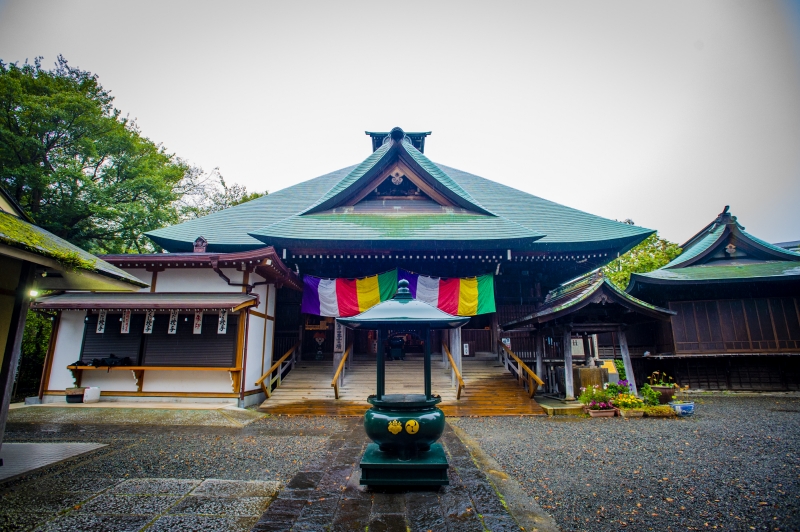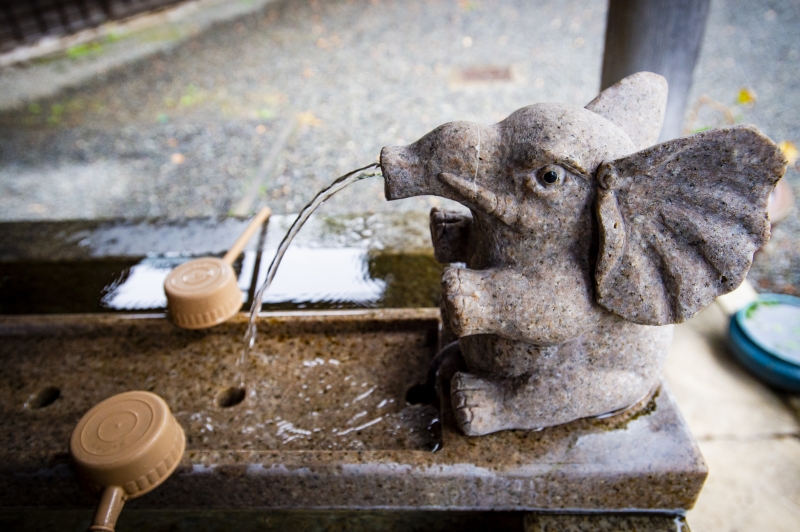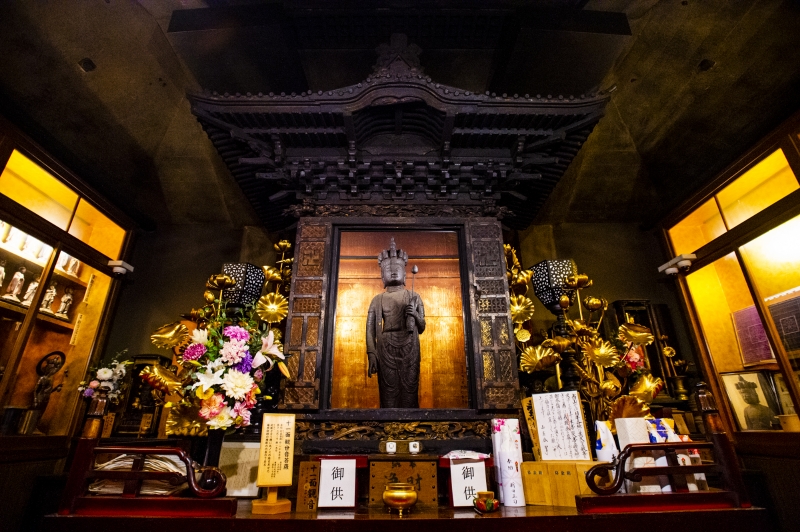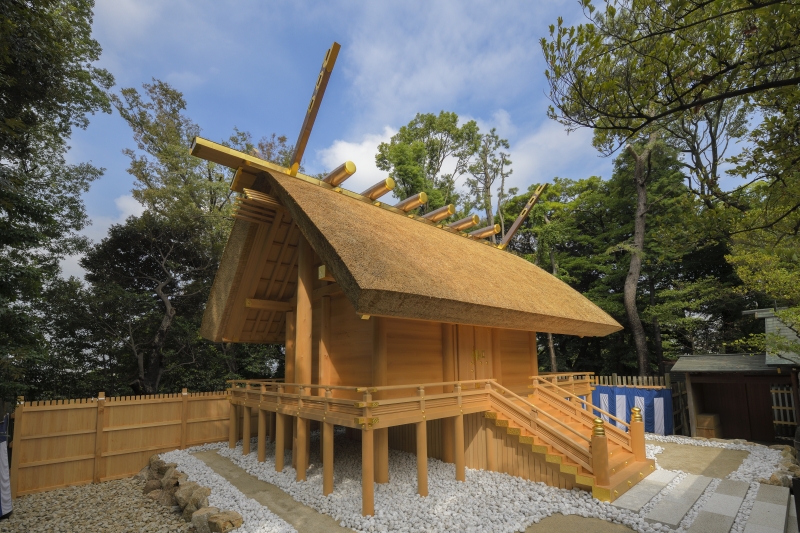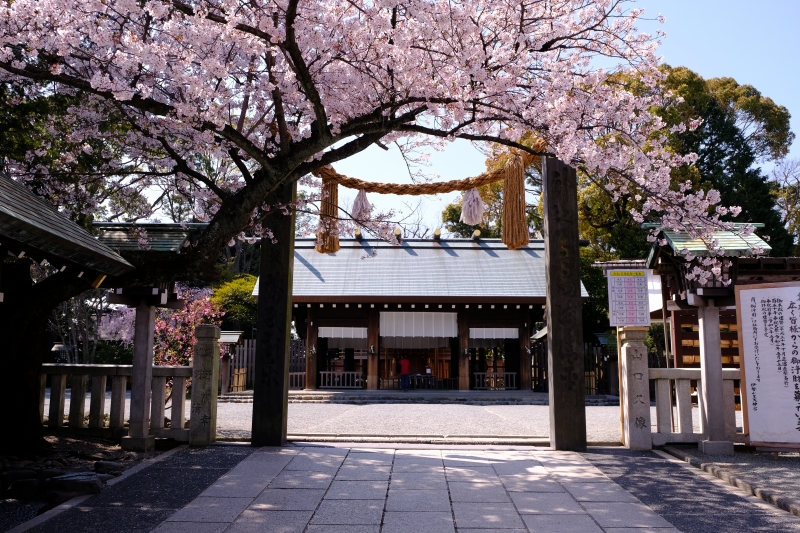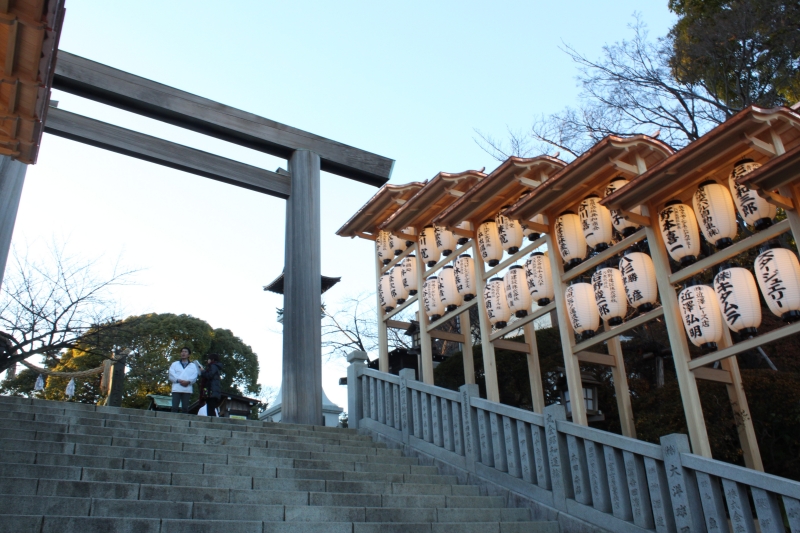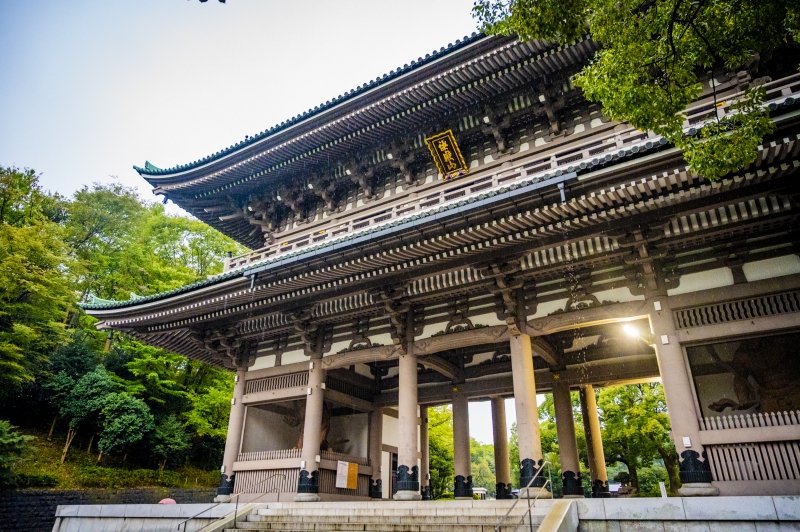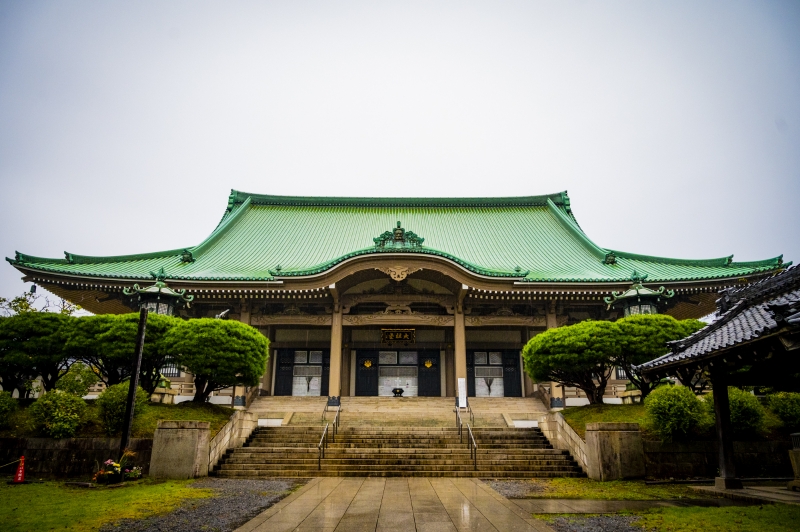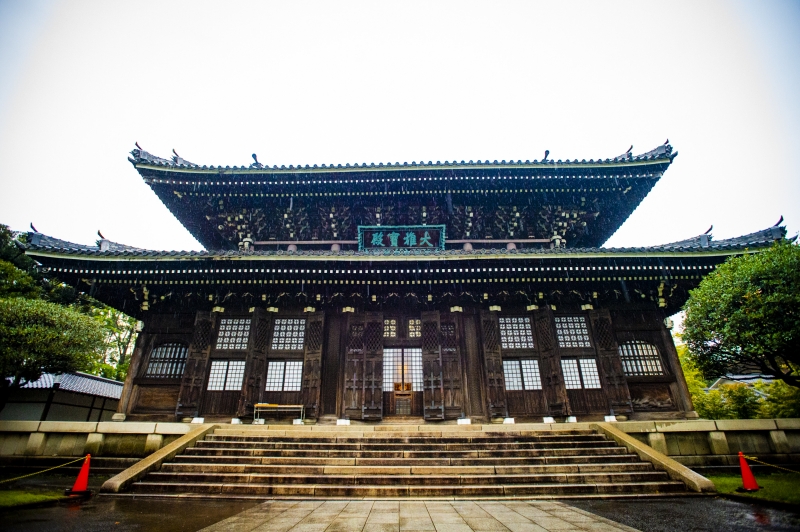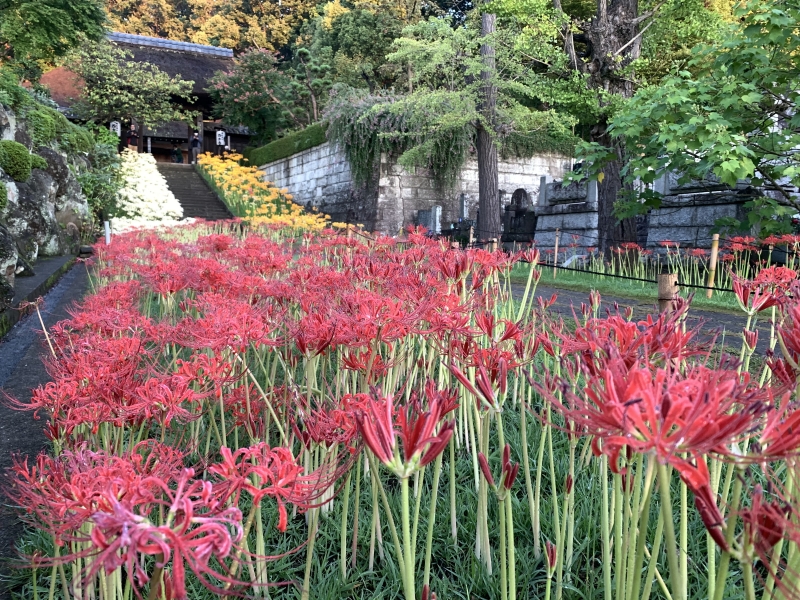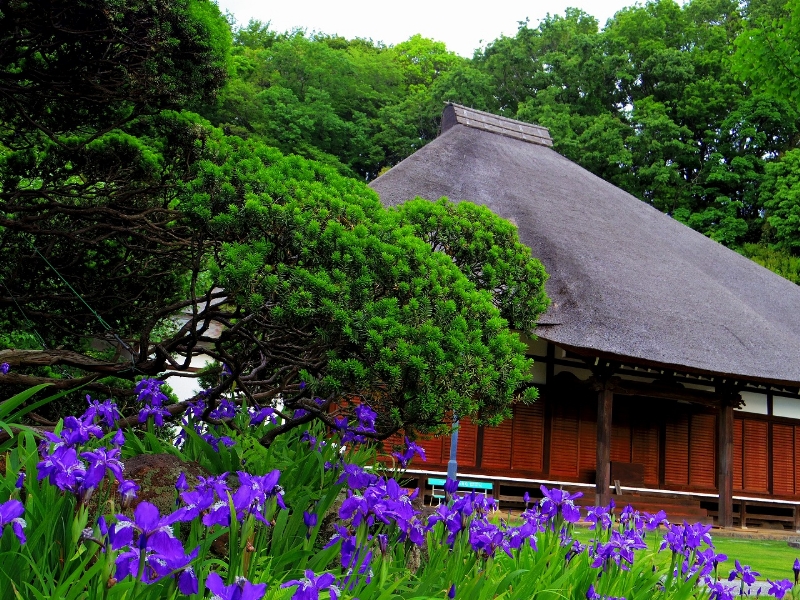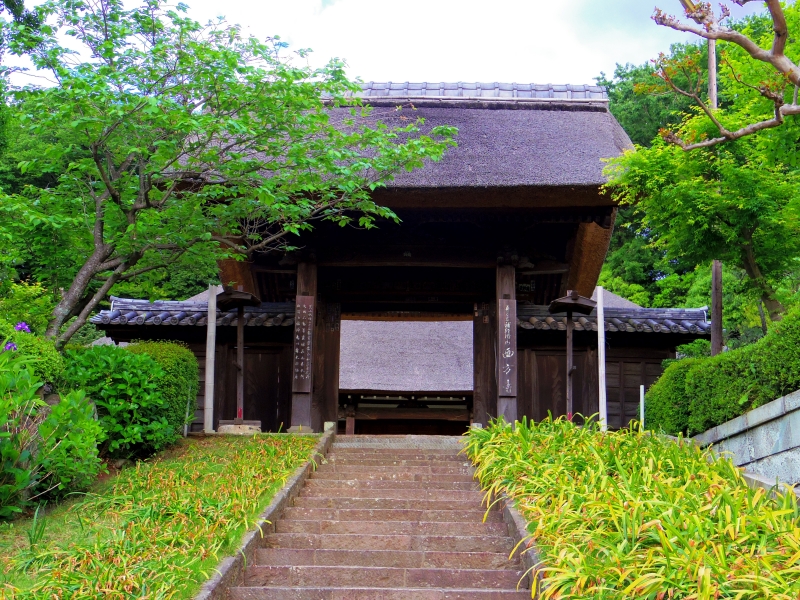เดินเล่นผ่านศาลเจ้าและวัดเก่าแก่ของโยโกฮาม่า
สิ่งที่กำลังฮิต

เสน่ห์อย่างหนึ่งของโยโกฮาม่าคือการผสมผสานระหว่างความเก่าและความใหม่ การสำรวจวัดและศาลเจ้าที่เก่าแก่ที่สุดของเมืองบางแห่ง ซึ่งหลายแห่งซ่อนตัวอยู่ในโอเอซิสในเมือง คุณจะชื่นชมความแตกต่างได้มากยิ่งขึ้น
กัมโยจิ: วัดเก่าแก่ที่สุดของโยโกฮาม่า
วัดที่เก่าแก่ที่สุดของโยโกฮาม่าเป็นเครื่องพิสูจน์ถึงความทุ่มเทในการรักษาประวัติศาสตร์วัฒนธรรมที่สำคัญในญี่ปุ่น มีหลักฐานว่าห้องโถงใหญ่ของกุเมียวจิสร้างเสร็จเมื่อวันที่ 10 มีนาคม ค.ศ. 1044 แม้ว่าห้องโถงจะถูกสร้างขึ้นใหม่ในปี พ.ศ. 2309 แต่เชื่อกันว่ารูปปั้นเจ้าแม่กวนอิมสิบเอ็ดหน้าของวัดนั้นแกะสลักขึ้นในเวลาเดียวกับการก่อตั้งวัด เป็นรูปปั้นไม้ที่แกะสลักอย่างประณีตซึ่งมีความสูงมากกว่า 180 เซนติเมตร และเป็นทั้งสมบัติของชาติของญี่ปุ่นและทรัพย์สินทางวัฒนธรรมที่สำคัญของชาติ แม้ว่าพื้นที่ของกุเมียวจิจะค่อนข้างเล็ก แต่ก็เต็มไปด้วยสถานที่ท่องเที่ยวที่มีเอกลักษณ์และงานแกะสลักที่น่าสนใจมากมาย ใช้เวลาในการดูรายละเอียดซึ่งจะค่อย ๆ เปิดเผยตัวตนให้คุณเห็น
| กัมโยจิ | |
|---|---|
| ที่อยู่ | 267 กัมโยจิ-cho, Minami-ku, โยโกฮาม่า |
| สถานีที่ใกล้ที่สุด | กัมโยจิ (เคคิว) |
| โทร | 045-711-1231 |
| ยูอาร์แอล | http://www.gumyoji.jp |
กัมโยจิ-> อิเซยามะ โคไท จิงงู
ขึ้น สายคิอิคิยุ จาก กัมโยจิ ไปยังสถานี ฮิโนเดโช (ประมาณ 10 นาที)
Iseyama Kotai Jingu: Guardian of Yokohama City
Known as the Ise Jingu of the Kanto region, Iseyama Kotai Jingu is an important shrine both within the Shinto religion and Yokohama. It is so centrally located it overlooks the Minato Mirai area, but its hilltop location makes it feel hidden away from the rest of the world. The shrine moved here in 1870 on the cusp of great change in Japan and as Yokohama opened its port to the world. People from all over the country gathered here for work creating a vibrant, but divided atmosphere. When Iseyama Kotai Jingu relocated they held a huge festival and this is said to have been the catalyst for the citizens of Yokohama to feel united. The festival was so significant that May 15 — the annual festival day — was a public holiday in the city for a long time. Now, Iseyama Kotai Jingu’s picturesque surroundings are popular for weddings and in spring, when cherry blossoms line the steps up to the main hall.
| Iseyama Kotai Jingu | |
|---|---|
| ที่อยู่ | 64 Miyazaki-cho, Nishi-ku, Yokohama |
| สถานีที่ใกล้ที่สุด | Hinodecho (Keikyu) or Sakuragicho (JR, Yokohama Municipal Subway) |
| โทร | 045-241-1122 |
| ยูอาร์แอล | http://www.iseyama.jp |
Iseyama Kotai Jingu -> Sojiji
Take the Keikyu Line from Hinodecho Station to Kagetsu-Sojiji Station. (Approx. 19 mins)
Sojiji: Internationally Zen
Sojiji is one of two head temples in the Soto Zen Buddhism school, the other being Eiheiji in Fukui Prefecture. The temple was established in 1321 and moved to its current location in 1911. Most of the buildings on the vast, 500,000-meter-squared temple grounds are from this later period.
Sojiji is an internationally recognized as a temple of Zen practice, and lots of visitors from all over the world come here to take part in zazen sessions, take guided English tours and stroll the Zen garden.* The temple has close ties with the local community — it manages educational institutions and holds multiple community events annually. The most popular event is the Mitama Festival Bon Odori held in July, which brings thousands of people from near and far. For those interested in shojin ryori (vegetarian Buddhist dishes), check Sojiji’s official website.
| Sojiji | |
|---|---|
| ที่อยู่ | 2-1-1 Tsurumi, Tsurumi-ku, Yokohama |
| สถานีที่ใกล้ที่สุด | Tsurumi (JR) or Kagetsu-Sojiji (Keikyu) |
| โทร | 045-581-6021 |
| ยูอาร์แอล | https://www.sojiji.jp/english |
Sojiji -> Saihouji
Take the Keikyu Line from Kagetsu-Sojiji Station to Yokohama Station. (Approx. 20 mins)
Change at Yokohama Station for the Blue Subway Line and disembark at Nippa Station. (Approx. 15 mins)
Saihouji: Flowers in All Seasons
Saihouji offers an escape from the busyness of the city without leaving Yokohama. Founded in Kamakura about 800 years ago, the temple moved to Yokohama around 500 years ago. This tranquil space opens with a long approach and a thatched roof gate. The main hall, built around 300 years ago, also has a thatched roof — a rare sight. Saihouji is most famous for its abundance of flowers and its vibrant blossoms attract visitors all year round. In spring there are cherry blossoms and magnolias, while summer brings azaleas, irises, hydrangeas and more. Autumn offers another color explosion with spider lilies in an array of red, yellow and pink. Winter boasts camellias and yellow plum blossoms known as robai.
| Saihouji | |
|---|---|
| ที่อยู่ | 2586 Nippa-cho, Kohoku-ku, Yokohama |
| สถานีที่ใกล้ที่สุด | Nippa (Yokohama Municipal Subway) |
| โทร | 045-531-2370 |
| ยูอาร์แอล | https://saihouji-yokohama.com |
หมายเหตุ: เวลาทำการและบริการอาจแตกต่างกันไปเนื่องจากผลกระทบของ Covid-19

